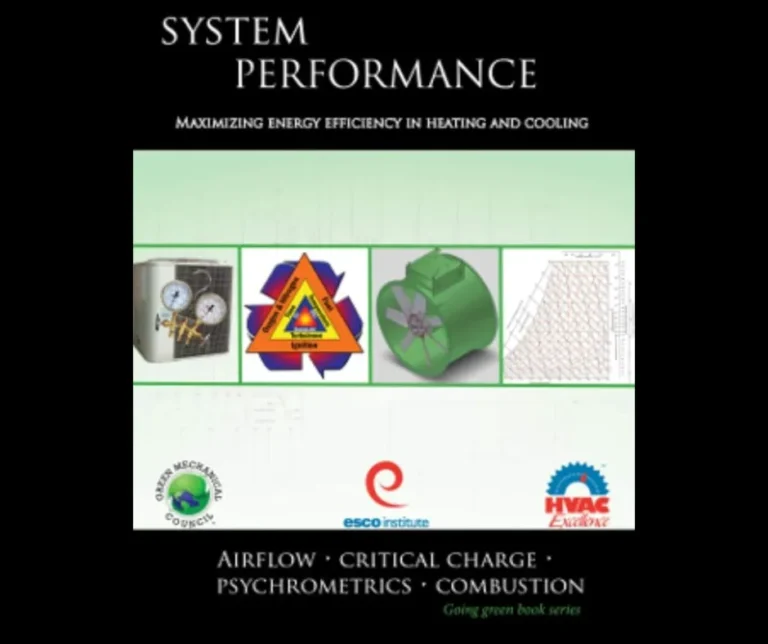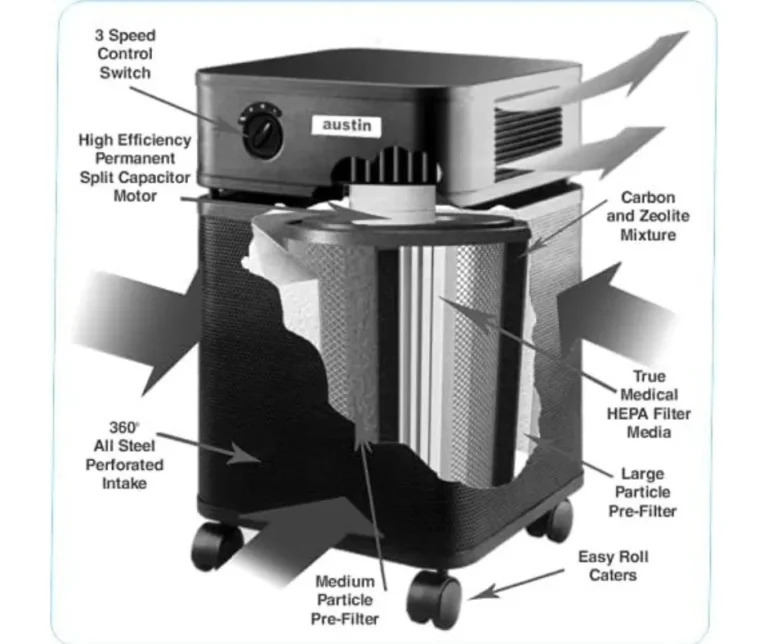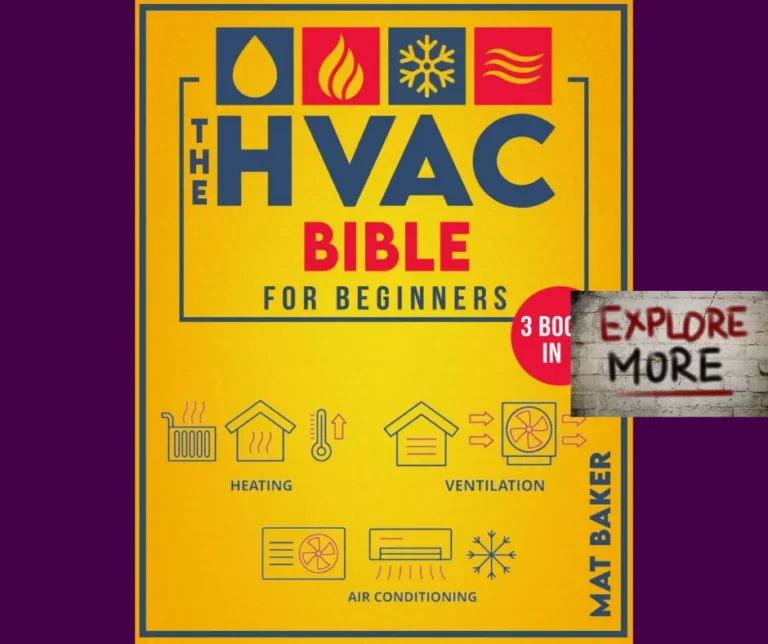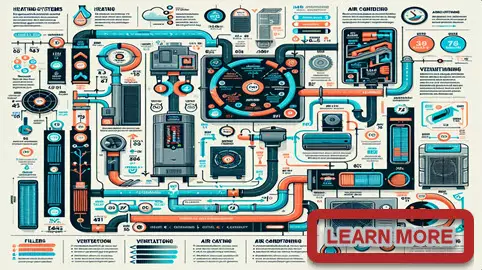Learn How To Troubleshoot HVAC Issues
Maintaining a comfortable environment in your home or workplace, a well-functioning heating, ventilation, and air conditioning (HVAC) system is essential.
However, even the most reliable HVAC systems can encounter issues over time, leading to discomfort and potential disruption.
Understanding how to troubleshoot HVAC problems can empower you to address minor issues before they escalate into costly repairs or replacements.
In this article, you will learn the essential steps to identify common HVAC issues, from irregular temperatures and unusual noises to inefficient energy use.
By familiarizing yourself with basic troubleshooting techniques, you can gain valuable insights into your system’s performance, saving you time and money while ensuring optimal comfort.
Whether you’re a seasoned homeowner or a first-time occupant, having the knowledge to tackle HVAC concerns can greatly enhance your overall experience.
Join us as we guide you through the process of diagnosing HVAC problems, equipping you with the tools to take control of your indoor climate and make informed decisions about maintenance and repairs.
With the right approach, you can keep your system running smoothly and extend its lifespan, ensuring a comfortable environment year-round.
Table of Contents Learn How To Troubleshoot HVAC Issues
Start with the Complete HVAC BIBLE for Beginners
The Complete HVAC BIBLE for Beginners serves as an essential resource that equips you with the knowledge and skills necessary to navigate the complexities of heating, ventilation, and air conditioning systems.
This comprehensive guide offers a step-by-step approach to understanding the fundamental principles of HVAC, enabling you to perform maintenance and troubleshooting tasks effectively.
By immersing yourself in this material, you will gain the confidence to identify common issues, implement repairs, and ensure optimal system performance.
As you progress through the information presented, you will discover practical tips and techniques that transform you into an HVAC expert.
This foundation not only empowers you to repair your air conditioner when problems arise but also enhances your overall understanding of how various components function together.
Whether you are a novice or looking to refine your skills, this guide lays the groundwork for a successful journey into the world of HVAC maintenance and repair.
Familiarize yourself with basic HVAC terminology
Understanding basic HVAC terminology is crucial for effectively communicating and diagnosing issues within heating, ventilation, and air conditioning systems.
Terms such as BTU (British Thermal Unit), SEER (Seasonal Energy Efficiency Ratio), and CFM (Cubic Feet per Minute) form the backbone of your HVAC knowledge.
By familiarizing yourself with this vocabulary, you will not only enhance your ability to troubleshoot effectively but also make informed decisions regarding maintenance and repairs.
This foundational language will serve as a vital tool as you dive deeper into the complexities of HVAC systems.
Acquiring a strong grasp of these terms enables you to better interpret technical documentation and communicate with professionals in the field.
As you learn to navigate the nuances of HVAC, you will find that understanding these terms empowers you to identify issues more quickly and implement solutions with greater confidence.
Mastering this essential vocabulary is the first step on your journey to becoming an HVAC expert, allowing you to tackle challenges with ease and ensure your systems operate at peak efficiency.
Follow the Step-by-Step Guide meticulously
By adhering to the outlined steps in your HVAC troubleshooting process, you position yourself to systematically identify and resolve issues with your system.
Each phase of the guide is designed to build on the previous one, ensuring that no critical component is overlooked.
This methodical approach allows you to pinpoint problems effectively, whether it involves assessing airflow, checking refrigerant levels, or examining electrical connections.
A comprehensive understanding of the nuances involved in heating, ventilation, and air conditioning systems will enable you to implement repairs with precision, ultimately enhancing your competency as an HVAC expert.
Furthermore, taking the time to engage with the detailed instructions provided in the step-by-step guide will facilitate a thorough maintenance routine.
Regular upkeep not only prolongs the lifespan of your equipment but also optimizes its performance, leading to energy efficiency and cost savings.
By committing to this diligent process, you lay the groundwork for your journey through the Complete HVAC BIBLE for Beginners, transforming you into a knowledgeable and skilled practitioner in the field of HVAC.
Learn heating system troubleshooting techniques effectively
Understanding heating system troubleshooting techniques is crucial for anyone looking to maintain or repair their HVAC systems effectively.
Familiarizing yourself with the common issues that can arise, such as thermostat malfunctions or airflow restrictions, allows you to proactively address problems before they escalate.
By consulting the Complete HVAC BIBLE for Beginners, you will gain insights into the specific components of heating systems, including furnaces and boilers, and how to diagnose issues accurately.
This foundational knowledge empowers you to become the HVAC expert in your own right, capable of implementing targeted repairs and ensuring optimal system performance.
Incorporating these troubleshooting techniques into your routine will not only enhance your confidence in managing HVAC issues but also promote a comprehensive approach to maintenance.
Following a structured methodology ensures that you examine all relevant aspects of your system, leading to more efficient repairs and fewer long-term complications.
By taking the time to apply these strategies, you can effectively repair your air conditioner and other heating components, ultimately safeguarding your investment and promoting a comfortable living environment.
Understand ventilation issues and solutions
Effective ventilation is essential for maintaining indoor air quality and ensuring the overall efficiency of HVAC systems.
Issues such as inadequate airflow, excessive humidity, or the presence of contaminants can significantly affect comfort levels and system performance.
By identifying common ventilation problems, such as blocked ducts or improperly sized vents, you can take strategic steps to enhance airflow and improve circulation.
Utilizing resources like the Complete HVAC BIBLE for Beginners will equip you with the knowledge necessary to troubleshoot these challenges, offering you practical solutions to implement in your space.
Addressing ventilation issues often involves evaluating existing systems and making informed decisions about modifications or repairs.
Implementing proper filtration, balancing air distribution, and ensuring the use of fresh air are all crucial components in resolving ventilation concerns.
As you navigate through the step-by-step guide to heating, ventilation, and air conditioning systems, you will become adept at recognizing these issues and applying the appropriate solutions, ultimately enhancing your ability to repair your air conditioner and maintain a healthy indoor environment.
Diagnose common air conditioning problems easily
Understanding the typical malfunctions of air conditioning systems can empower you to resolve issues effectively and enhance your comfort at home.
By familiarizing yourself with signs such as unusual noises, inconsistent cooling, or increased energy bills, you can quickly pinpoint potential problems.
Common issues include refrigerant leaks, clogged filters, and malfunctioning thermostats, which can usually be addressed with basic troubleshooting techniques.
Utilizing the resources available in the Complete HVAC BIBLE for Beginners will provide you with valuable insights into these issues, enabling you to take actionable steps toward repairs or maintenance.
When you take a methodical approach to diagnosing your air conditioner, you’re more likely to identify the root cause of the problem rather than just addressing the symptoms.
Regular self-assessment and maintenance can prevent minor issues from escalating, while understanding the fundamental workings of your HVAC system will help you avoid costly repairs.
As you become adept at recognizing common air conditioning problems, you will cultivate the skills needed to repair your air conditioner confidently, ensuring it operates at peak efficiency throughout the seasons.
Become the HVAC Expert in your community
Developing your expertise in HVAC systems not only enhances your personal skills but also positions you as a valuable resource within your community.
By applying the knowledge gained from the Complete HVAC BIBLE for Beginners, you can share insights on maintenance and troubleshooting with neighbors and friends.
This proactive approach not only benefits others but also establishes your credibility as a go-to expert for HVAC-related concerns.
As you delve deeper into the mechanisms of heating, ventilation, and air conditioning, you’ll find that your ability to repair common issues—like air conditioner malfunctions—significantly improves.
With each successful repair, you build confidence and reinforce your role as a local authority on HVAC matters.
Engaging in community discussions and workshops can further enhance your visibility, helping you connect with others who share your interests while promoting an informed and comfortable living environment for everyone.
Regular maintenance prevents major HVAC failures
Consistent maintenance of HVAC systems is essential in preventing costly breakdowns and ensuring optimal performance.
By regularly inspecting and servicing key components, you can identify potential issues before they escalate into major failures.
This proactive approach not only extends the lifespan of your equipment but also enhances energy efficiency, leading to reduced utility costs.
Utilizing the insights from the Complete HVAC BIBLE for Beginners will equip you with the knowledge to conduct these essential maintenance tasks effectively.
Incorporating routine checks—such as changing air filters, cleaning coils, and inspecting ductwork—will significantly reduce the likelihood of unexpected malfunctions.
As you master these maintenance techniques, you’ll find that your ability to troubleshoot and repair your air conditioner is greatly enhanced, allowing you to address minor issues before they require extensive intervention.
By committing to regular upkeep, you not only safeguard your HVAC investment but also contribute to a more comfortable living environment for yourself and your community.
Use troubleshooting checklists for efficient repairs
When working on HVAC systems, employing troubleshooting checklists is a crucial strategy for ensuring efficient and effective repairs.
These checklists provide a systematic approach to diagnosing problems, allowing you to methodically address each potential issue.
By following a structured format, you can minimize the risk of overlooking critical steps, leading to quicker resolutions.
Utilizing the tools and knowledge from the Complete HVAC BIBLE for Beginners will further enhance your troubleshooting capabilities, enabling you to identify faults with precision.
Incorporating checklists into your repair process not only saves time but also fosters confidence in your skills.
As you progress through each item, you’ll gain valuable insights into the functioning of heating, ventilation, and air conditioning systems, reinforcing your expertise.
This step-by-step approach allows for thorough inspections and can significantly decrease the uncertainty associated with repairs.
Ultimately, being thorough with your checks not only streamlines your workflow but also helps maintain the integrity of the system being serviced, ensuring lasting performance and reliability.
Repair your air conditioner confidently with knowledge
Equipping yourself with the right knowledge empowers you to tackle air conditioning repairs with assurance.
By understanding the fundamentals laid out in a comprehensive resource like the Complete HVAC BIBLE for Beginners, you can demystify the complexities of air conditioning systems.
This foundational knowledge not only aids in identifying common issues but also helps in grasping the intricate workings behind each component, allowing you to make informed decisions during repairs.
Familiarizing yourself with the step-by-step guide to maintenance and troubleshooting can transform what might seem like daunting tasks into manageable challenges.
As you delve deeper into this subject, you will discover that confidence is built through knowledge and practice.
Visualizing the operation of your air conditioning unit—knowing what to look for and how to assess its performance—turns troubleshooting into an engaging process rather than a source of anxiety.
By adopting this proactive mindset, you’ll become the HVAC expert in your home, capable of addressing issues as they arise.
With every successful repair, your confidence will grow, enabling you to maintain a comfortable living environment while avoiding unnecessary service calls.
In conclusion, mastering the art of troubleshooting HVAC issues empowers you to maintain a comfortable and efficient home environment.
By familiarizing yourself with the common signs of HVAC problems and understanding the basic components of your system, you can diagnose and address minor issues before they escalate.
Remember, regular maintenance is key to preventing costly repairs and ensuring optimal performance.
Should you encounter complex problems that exceed your expertise, don’t hesitate to seek the assistance of a qualified professional.
With these skills and knowledge at your disposal, you’ll be well-equipped to keep your HVAC system running smoothly for years to come.







